9 Common Cut Flower Garden Challenges and Solutions
Do you love growing your cut flower garden but struggle with constant issues from pests to extreme heat? I’ve shared 9 of the most common challenges I’ve encountered in my own cut flower garden and solutions that can help.
I absolutely love having a cut flower garden, but I can never seem to make it through a growing season without my share of challenges. If you’re a gardener, you know there’s no such thing as a perfect garden.
With some extra planning and knowledge, you can improve the conditions in your garden and help minimize these issues.
I’ll share some of the most common cut flower garden challenges, what to look for, and how to prevent them.
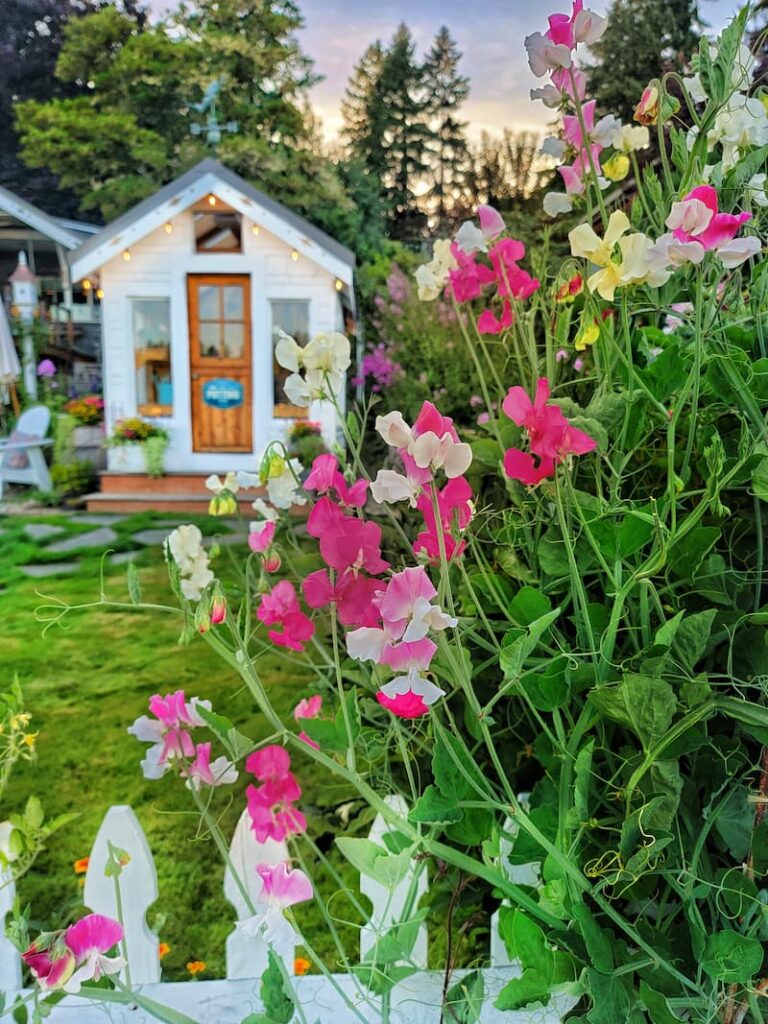
As an Amazon affiliate, I earn from qualifying purchases at no extra cost to you. My blog contains other affiliate links as well for your convenience. Click here to read my privacy policy.
I’m a self-taught hobby gardener, not a Master Gardener. Everything I share with you on my blog is my personal opinion and things that have worked for me along the way.
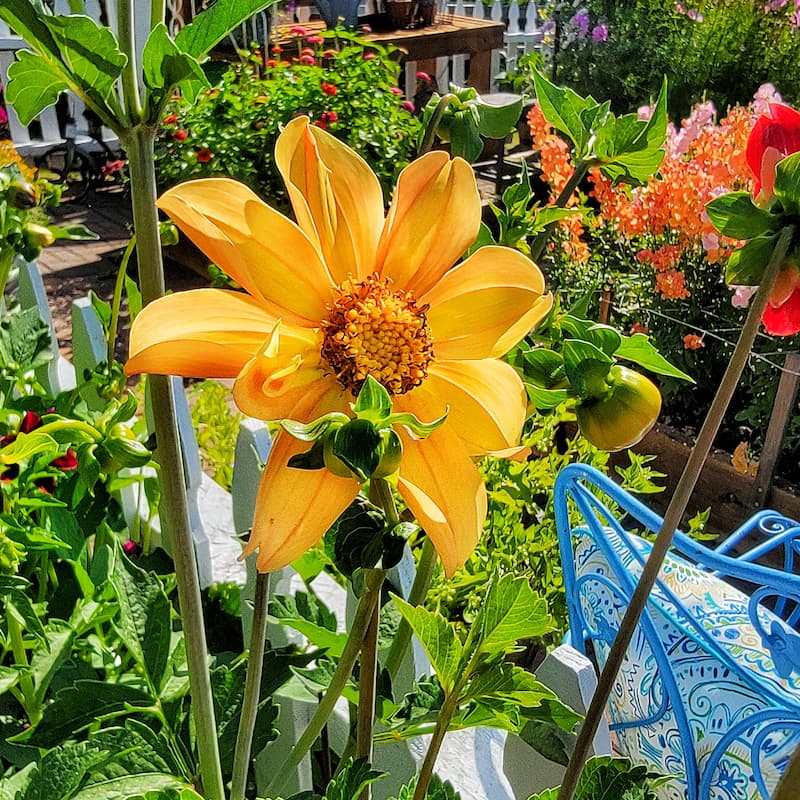
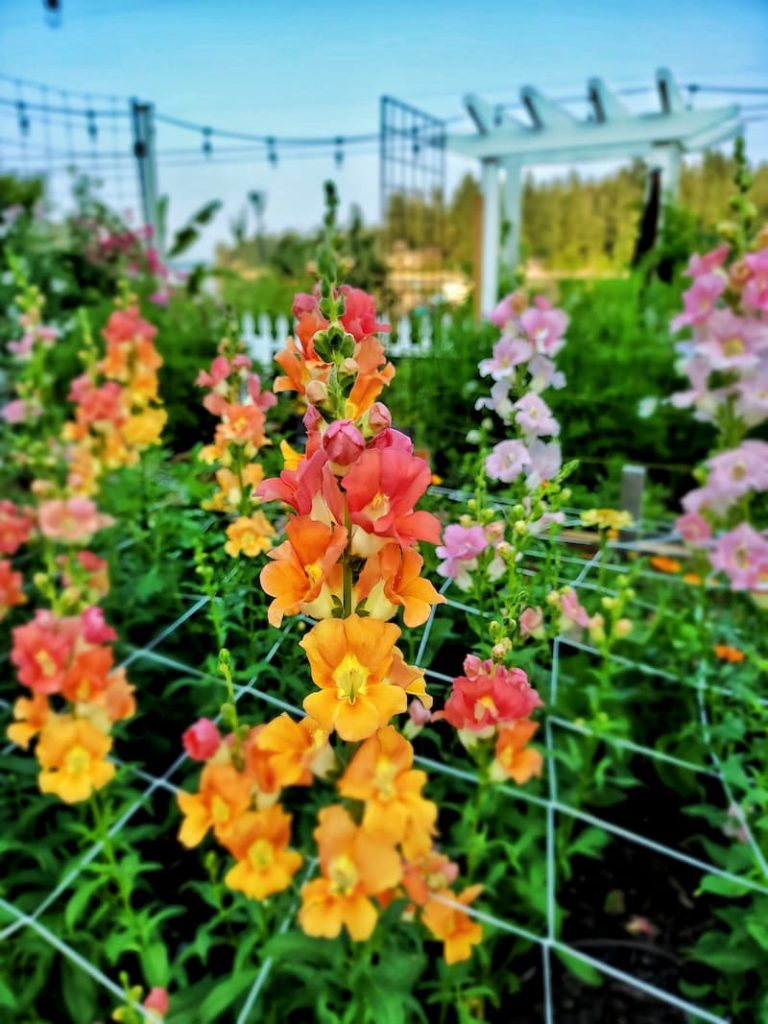
It Starts With the Soil
Perform a soil test before you start planning your cut flower garden. This gives you an idea as to which plants will grow the best in your garden’s soil. You’ll also have a better idea as to which amendments are needed to ensure your plants have the nutrients they need.
Your cut flower garden needs soil rich in organic matter, such as compost or leaf mold, to help retain moisture and drainage. We add fish compost every April to our garden beds to provide soil nutrients and protect our dahlia tubers from the winter weather.
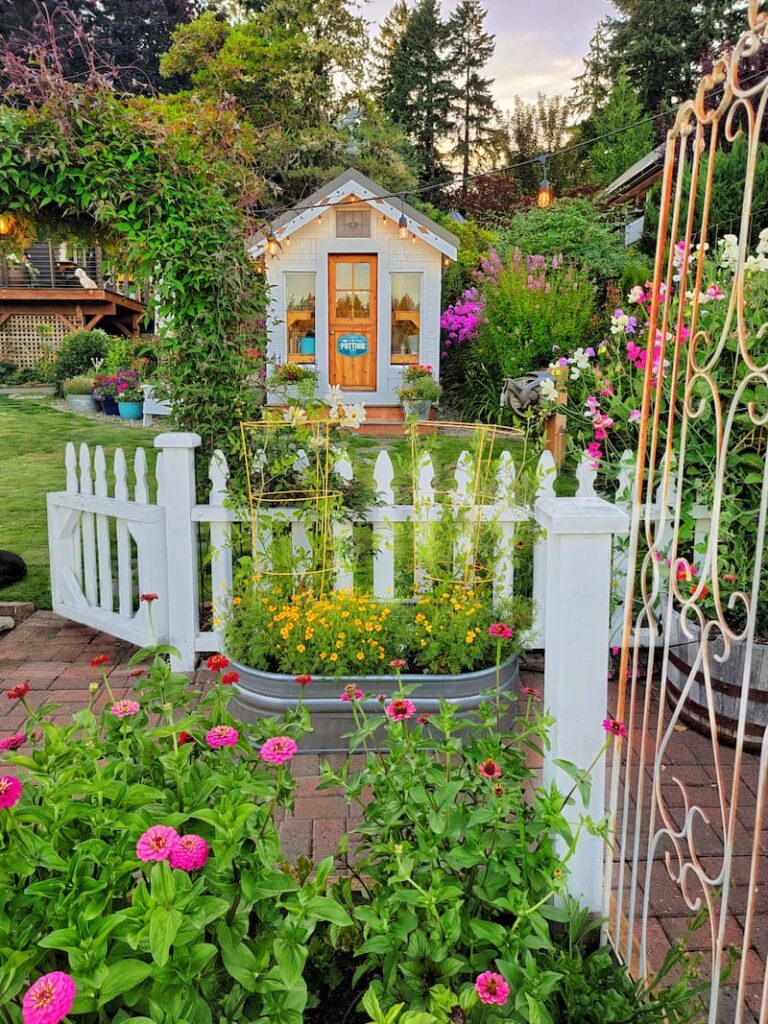
Maintaining Weeds
By keeping the weeds out of the garden beds, your plants won’t compete with them for water and nutrients.
How to Maintain a Weed-free Garden
Adding mulch is one of the best ways to keep weeds from growing in your garden.
Mulch keeps the soil cool and moist but also acts as a barrier between the weed seeds and the sunlight which is needed for germination. Add a 1-2 inch layer of mulch to the soil, but no more than 3 inches so the soil can still get oxygen.
Leave the Ground Be
Your garden is covered with weed seeds, but only the seeds at the top inch or so get enough light for germination. By digging the dirt around and disturbing the area, you’re actually bringing the weed seeds to the surface.
Dig only when and where you have to and cover the area back up with mulch.
Don’t Water the Weeds
Water your plants, not the weeds. Drip or soaker hoses help to keep the water exactly where you want it.
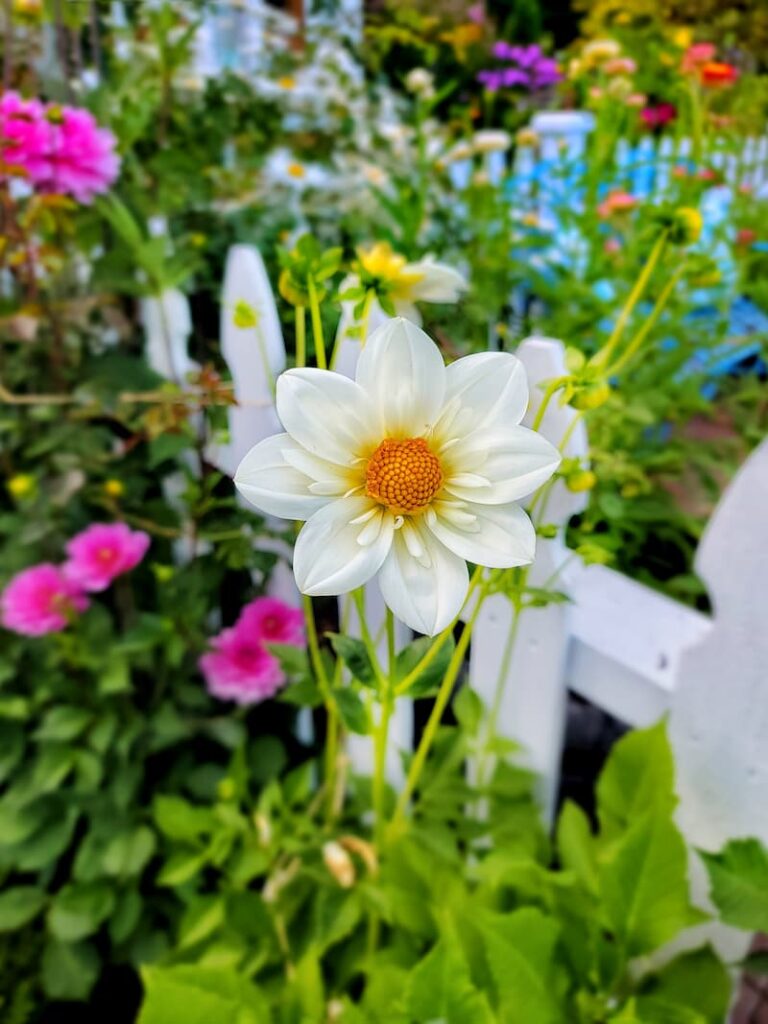
Cut Flower Garden Watering Challenges
The difference between a plant that hasn’t been watered enough and one that has been watered too much in a cut flower garden is hard to tell.
Wilting is a sign of both overwatering and underwatering. Wilted leaves are limp on plants that have been overwatered. When a plant has not been watered enough, the leaves become crunchy and dry.
Overwatering
Overwatering is one of the more common causes of plant problems. The damage caused by overwatering is often thought to be a pest problem.
The roots growing in soggy soil can’t supply the plant with nutrients and may die from a lack of oxygen in the soil. Soil that is hard to drain is more susceptible to overwatering issues.
When a plant first gets overwatered, its leaves turn yellow. If the plant doesn’t have a chance to dry out, it starts to wilt and causes damage to the roots which won’t be able to absorb the water anymore. Brown edging on the leaves is from the plant pushing water through to the edge of the leaves. This causes the veins at the edges to burst.
Early morning watering is best. If you wait until mid-day, most of the water will evaporate before getting to the roots of the plant.
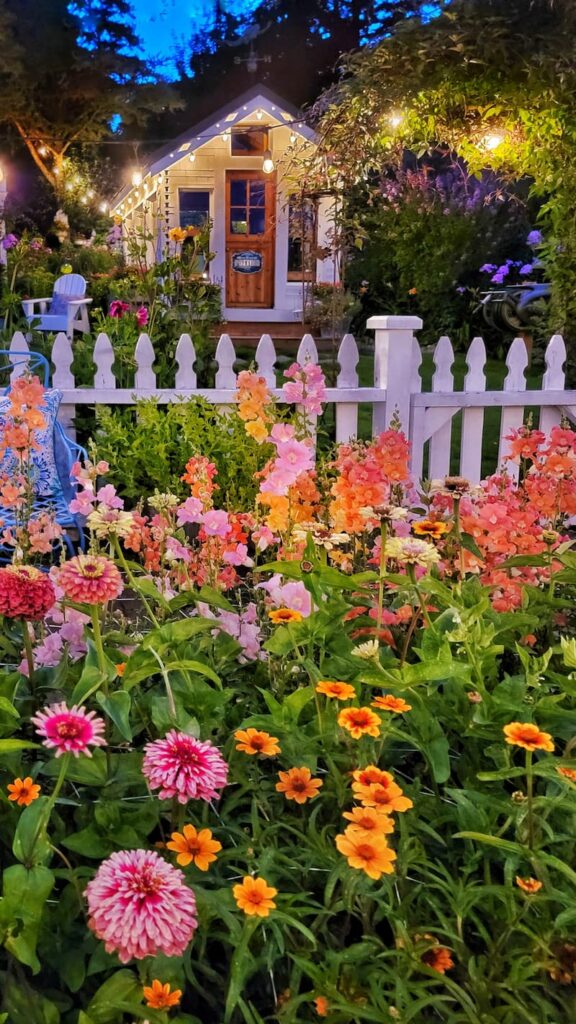
How to Avoid Overwatering
You can determine your plant’s moisture level by sticking your finger down into the soil. Just because the top surface of the soil has dried out doesn’t mean the entire plant is dried out near the roots.
Add mulch to your garden bed to not only help absorb water but maintain a constant level of moisture.
Don’t water at the first sign of wilting. It’s normal for most plants to wilt during the heat of the day. Wait until the end of the day to see if the plant has perked up before trying to water again.
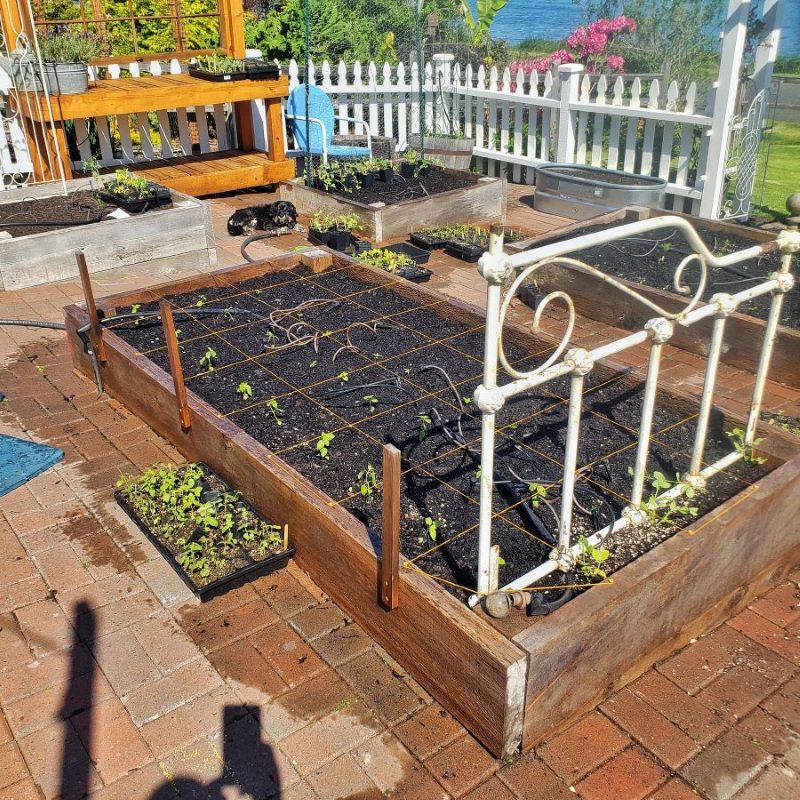
Seedlings and plants that have been transplanted are susceptible to stress. Keep the soil moist with daily watering.
Choose the right plants for your soil conditions. If you can, try to grow those plants that have the same watering needs together. Group together with those plants that need heavy watering, those that can be watered every few days, and the drought-resistant plants.
Promote Deeper Root Growth
Water roots deeply, longer, and less frequently to encourage the roots to grow deeper. That’s where the soil is cool and there are more nutrients. Dripline systems and soaker hoses are efficient ways to irrigate directly to the plant’s roots.
There are a couple of things you can do to promote deeper root growth. Depending on the plant and soil, reduce the number of times you water to a few times a week and increase the watering time.
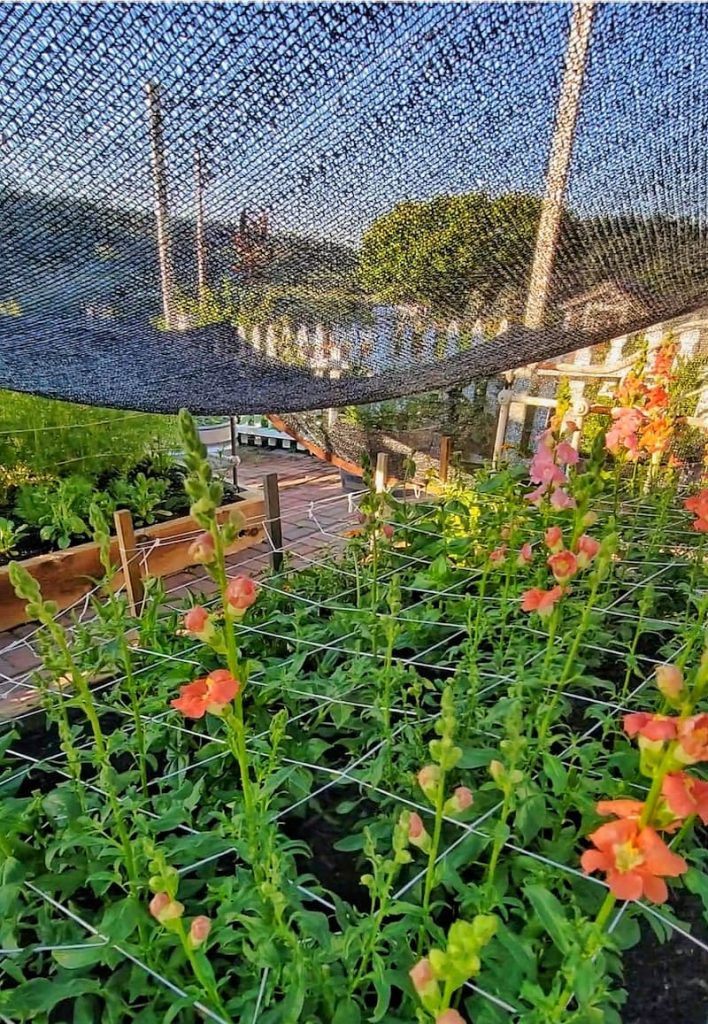
What Can You Do to Bring Your Plants Back to Life?
Here are some tips that can help save your plants from any damage that has occurred from overwatering.
Move your plant to another location with less sun so it doesn’t need more water to actively grow. If you can’t physically move the plant, cover it with some type of shade like a shade cloth or an umbrella.
Remove the plant from the soil or container if possible and place it on a cloth or newspaper. This should wick the water down through the root ball. Cut off any dead or damaged roots.
Relieve some stress on your plant’s root system by lightly pruning it. This may help in the recovery from the damage.
Give your plant a week or so before expecting any signs of recovery. Be sure to refrain from fertilizing until you see consistent new growth.
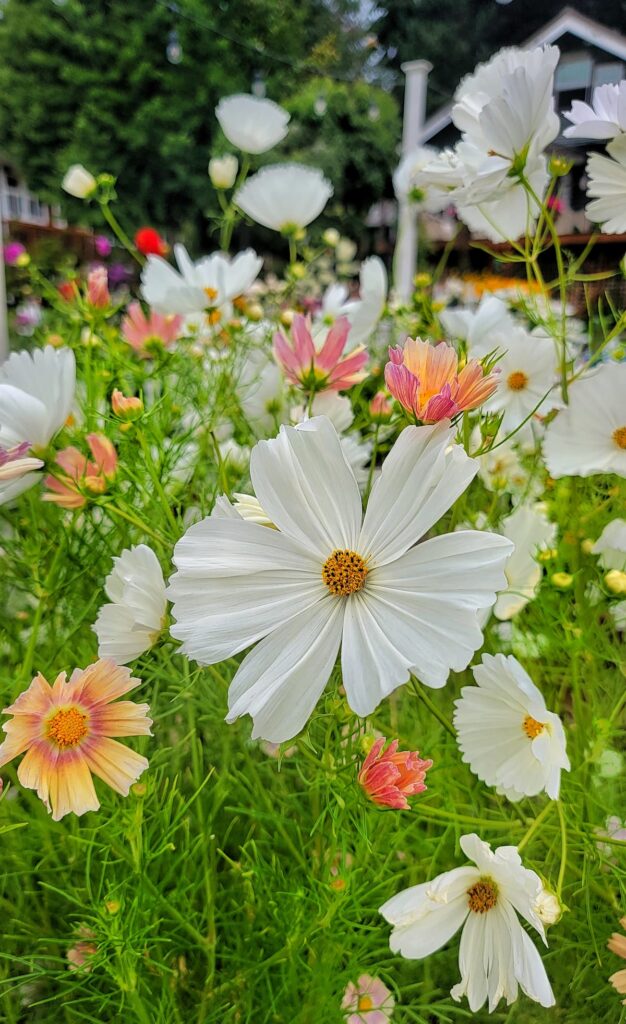
Tips to Avoid Underwatering Your Plants in a Cut Flower Garden
Mulch your garden for watering efficiency and to retain moisture.
Minimize evaporation by using drip and soaker hoses with timers. Water the base of your plants in the early morning.
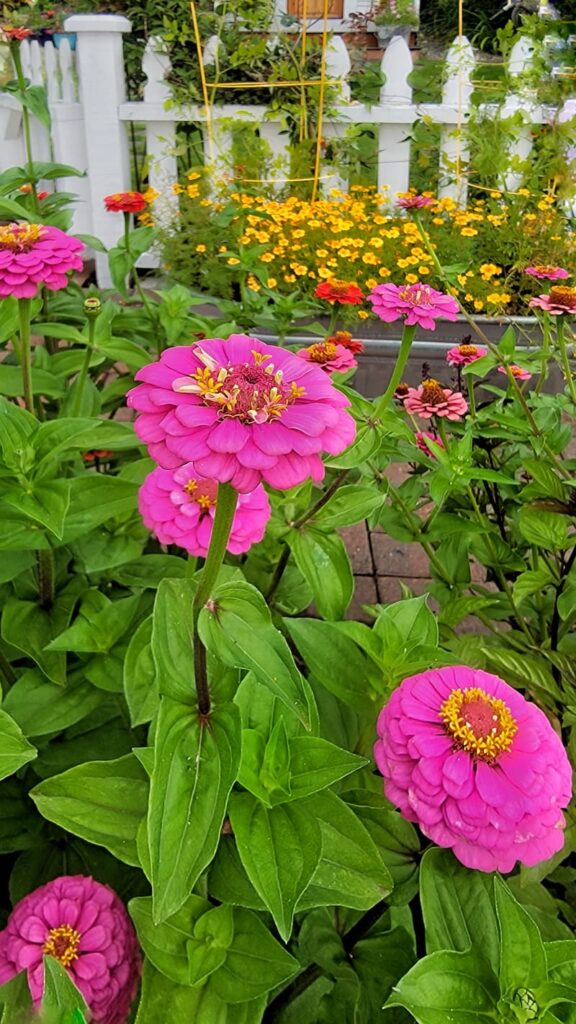
Pest and Disease Challenges in a Cut Flower Garden
Nothing can ever guarantee a garden free from pests and disease. Here are some things you can do to try and keep your garden as healthy as possible and to avoid any conditions that may promote pests and disease.
Overcrowding Your Plants
I’m all about getting as many plants in my cut flower garden as possible, but there is a point when you are just asking for trouble.
Planting your flowers too close together can affect overall plant growth and flower production.
When overcrowding occurs your plants can get a fungus and root rot because there’s no way for them to dry out between waterings.
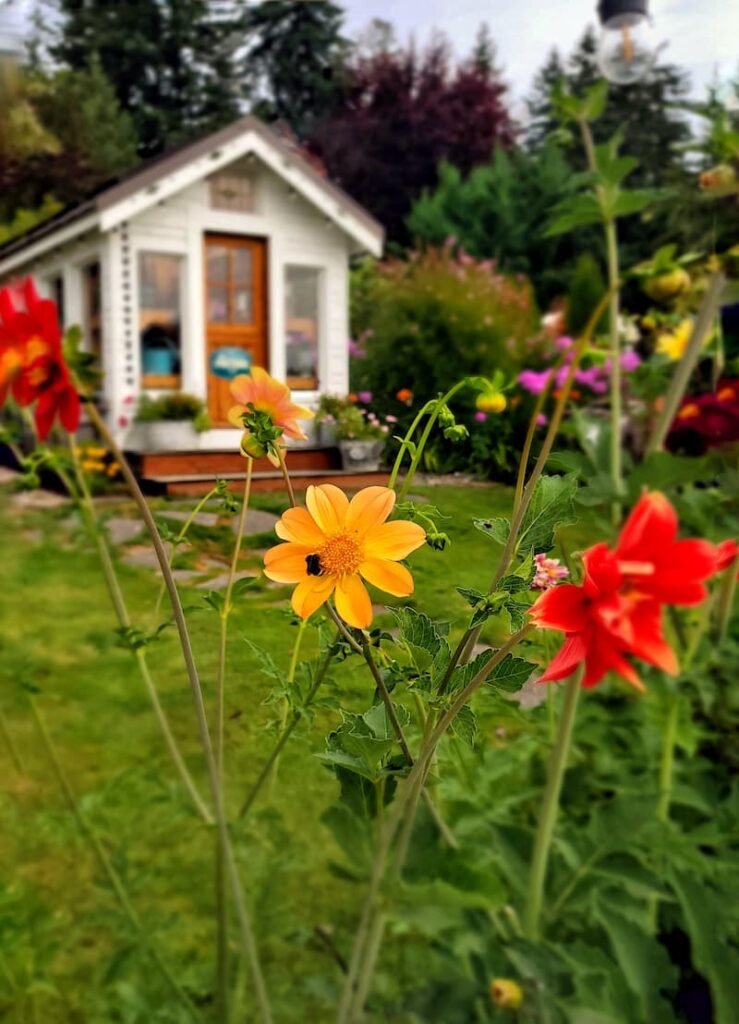
Tips to Control Pest and Diseases in Your Cut Flower Garden
Improve air circulation in the garden beds. Fungal diseases like powdery mildew and black spot can be more common if your plants have poor circulation.
It can also cause insects to infest the plant, being the perfect place for both a shelter from the heat and a hiding place from predators.
Plan your garden space before buying seeds or plants for your cut flower garden. When you have an idea of which plants you want, research how much space they will need and how big the plants will get.
Divide and transplant your perennials regularly to keep them from getting too large and unruly and taking over another plant’s space.
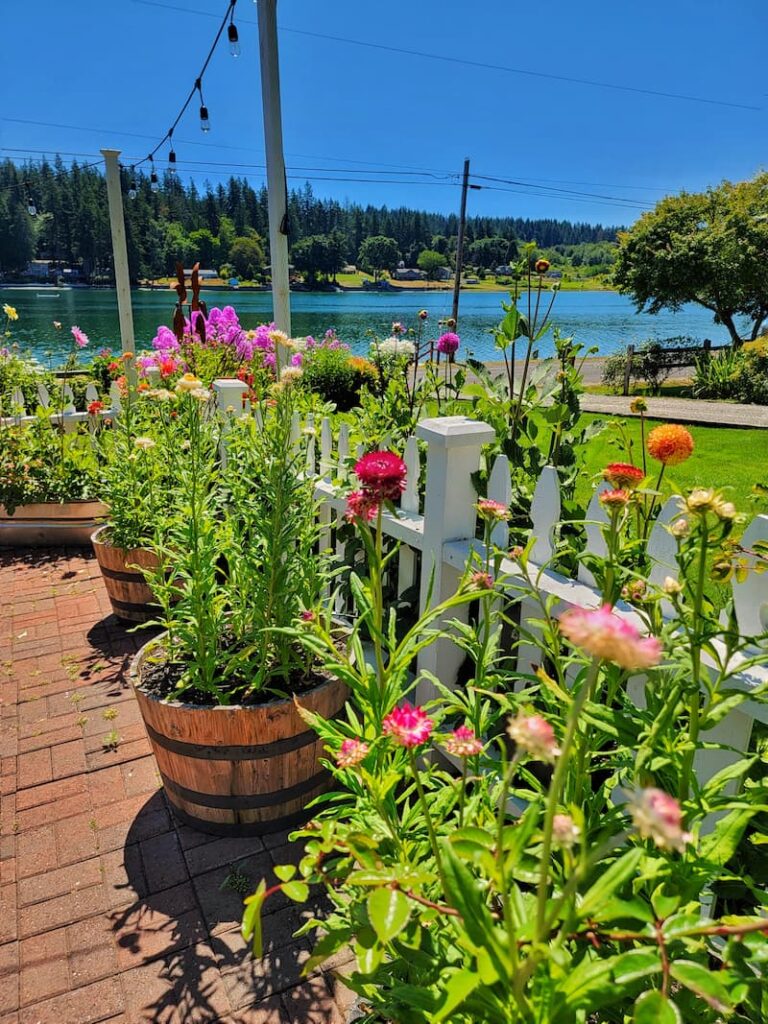
Walk your garden daily to look for signs of pests and disease, removing any affected plants to prevent further spread.
Water in the morning if possible so your plants will be hydrated during the hottest part of the day. This will not only keep them from wilting but will help to cut down on those pesky insect visitors.
Keep your garden clean and sanitized. Pick up plant debris, and trim any unhealthy and diseased stems. Keep the weeds in the garden beds to a minimum.
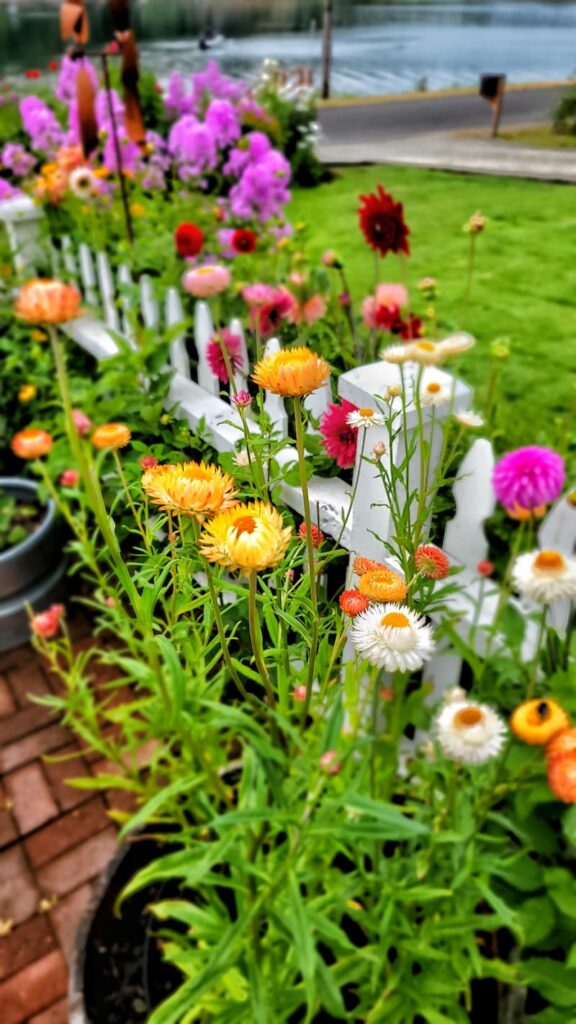
Inspect your plants before bringing them home from the nursery or garden center. Don’t purchase if you see any signs of yellowing or wilting leaves, fungal disease, or insects.
Companion planting is when two or more different types of plants are grown near one another to enhance each other’s growth or protect each other from pests. This strategic planting attracts beneficial insects that will feed on common garden pests.
Herbs are great companion plants and attract beneficial insects and repel pest insects.
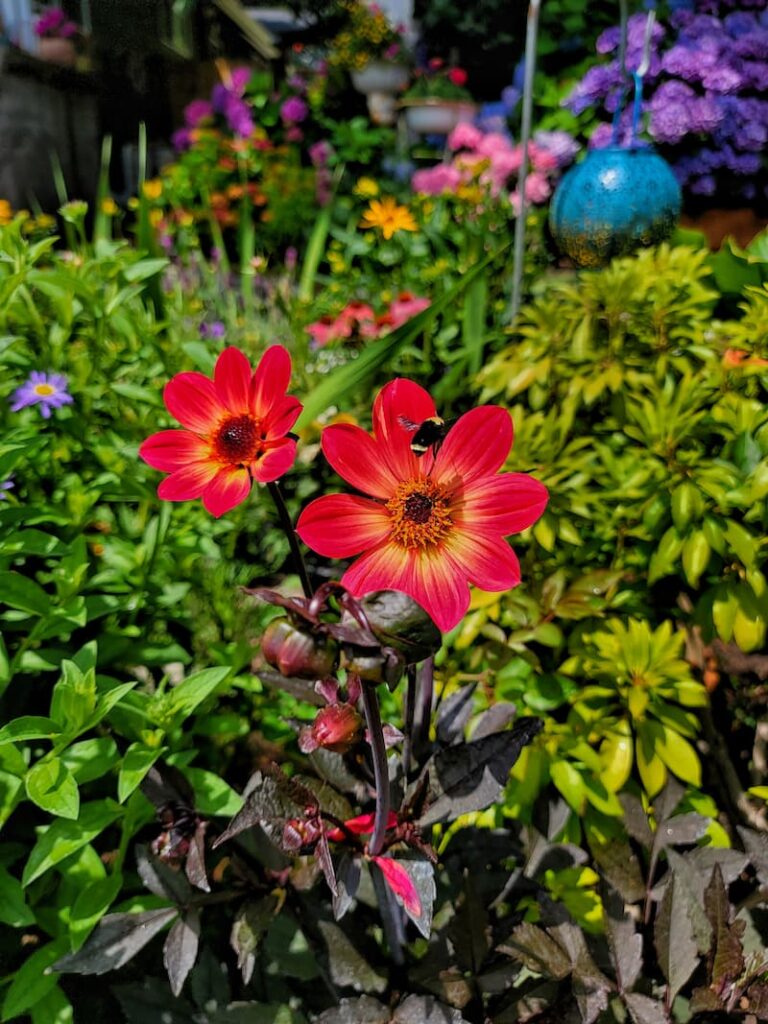
Remove any diseased stems and foliage immediately to prevent spreading to the rest of the plant.
Watch for insects that not only damage your plants but also transmit diseases between plants.
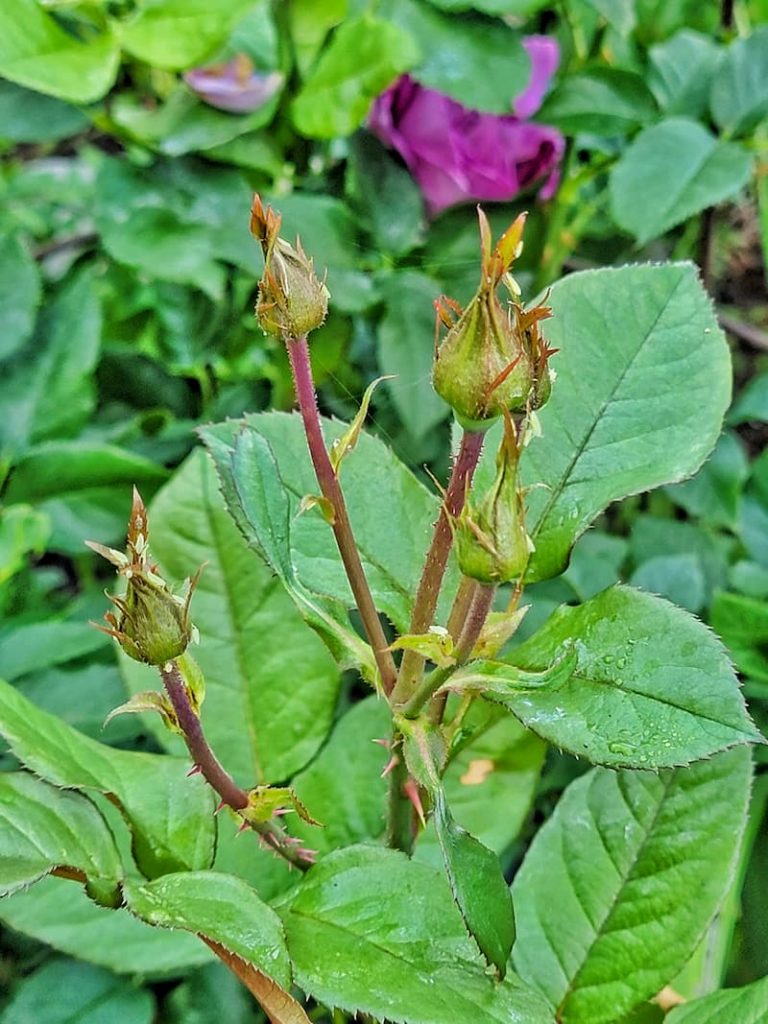
Aphids are tiny but damaging insects that attack in colonies. They feed on the juices in plant stems, leaves, and flowers.
You can spray off the plant’s leaves with water, use insecticidal soap, or bring attracting beneficial insects like ladybugs and lacewings into your garden.
Black spot is caused by a fungal disease. Try to plant disease-resistant varieties in locations that receive lots of sun and air circulation. Be sure to avoid overwatering.

Challenging Sun Issues in a Cut Flower Garden
Ways to Keep Plants from Heat Stress
Excessive heat can cause huge concerns in a cut flower garden. Here are some things you can do to help save your plants from heat stress.
Add mulch to your cut flower garden beds to protect plants from the heat of the hot sun. A layer of mulch, from 1-2 inches, helps insulate the plant’s roots from both heat and cold. It will also maintain moisture after watering.
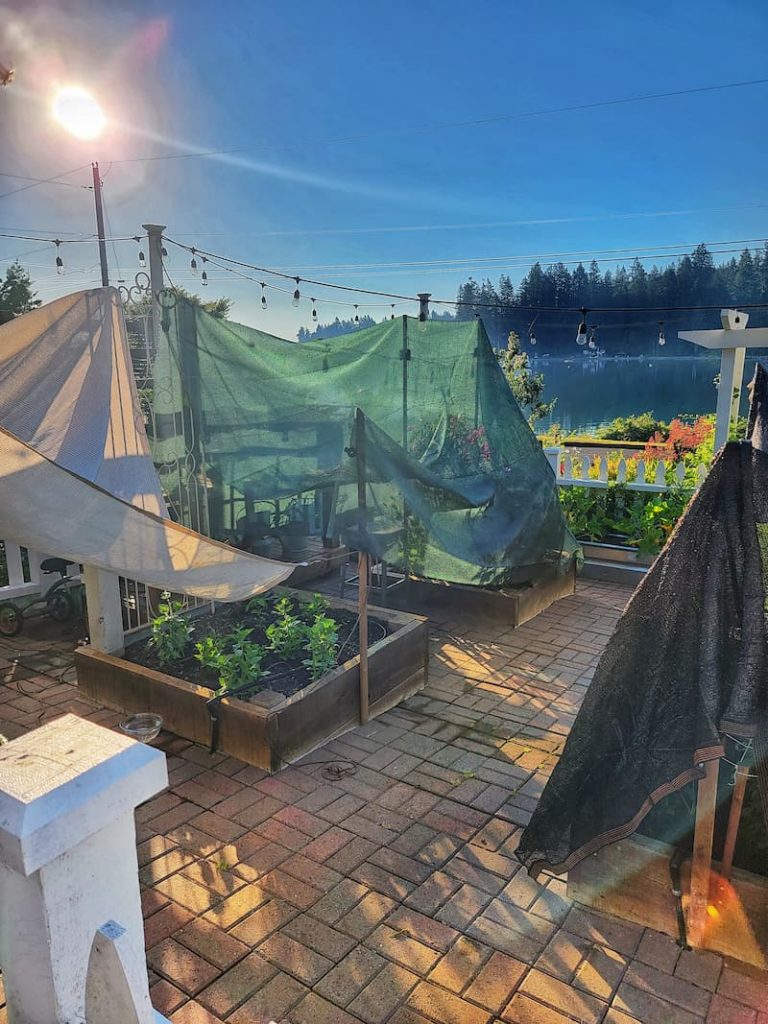
Utilize shade covers like the shade cloth I have pictured above. You can also use umbrellas or sailcloth. This will help shelter the plant from harmful UV rays during the heat of the day which will help prevent any burnt or wilted leaves.
Water in the early morning to prevent water from evaporating before it reaches the plant’s roots.
Read my blog post for 9 Ways to Protect Your Garden From Extreme Heat.
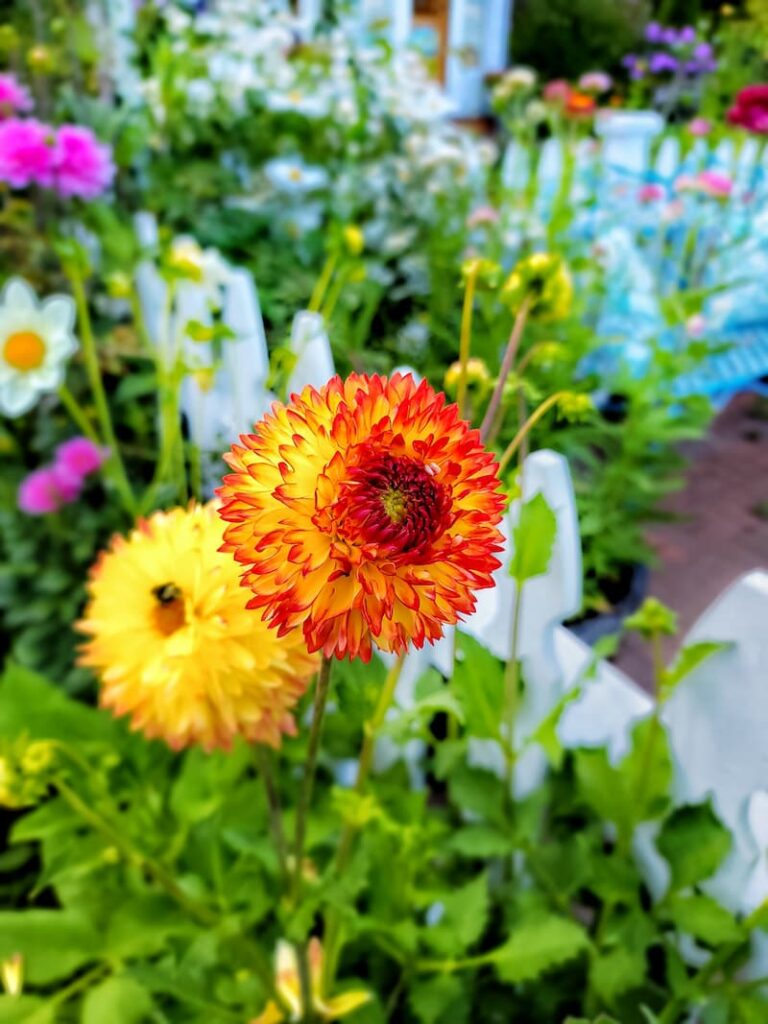
What a Lack of Sun Does to Your Plant
Plants need sufficient light to photosynthesize and produce energy. Plants suffering from a lack of sunlight will lean toward the light source. They may become stunted, turning their leaves yellow and falling off.
You can find out more about each flower variety’s sunlight requirements on the back of the seed packet or plant label.
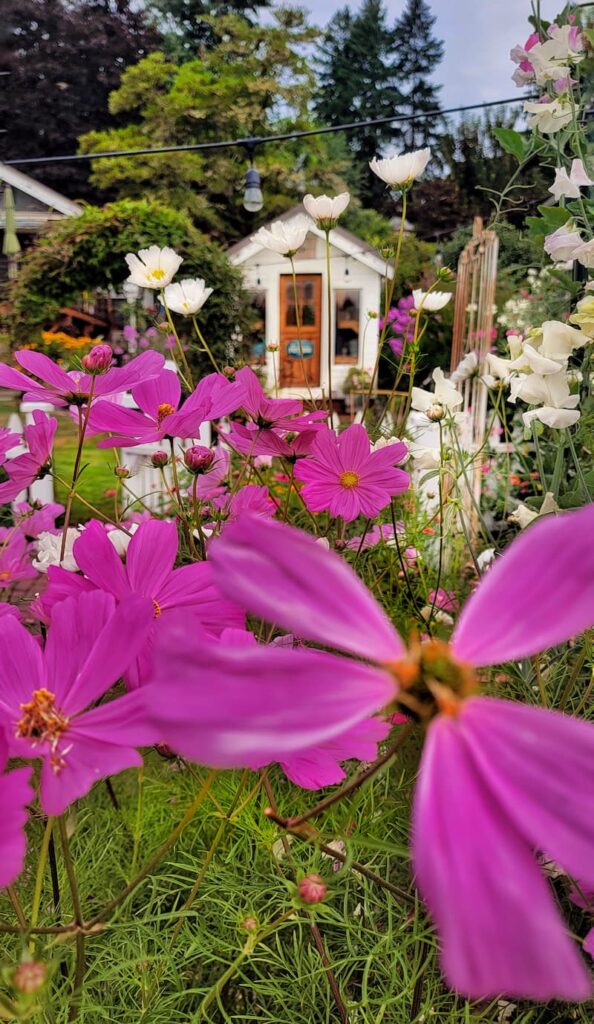
Short Stems and Low Producers
When you’re growing flowers for cutting, you not only want the stems to grow as long as possible but flowers that are strong producers.
It’s important to support your plants by either staking, netting, corralling, or trellising to help the stems grow long and straight.
Pinching a plant is basically pruning it by removing the main stem to encourage branching. By pinching the plant’s centers when they are just starting out, it will increase flower production and lengthen the stems, making your plant the perfect cut flower.
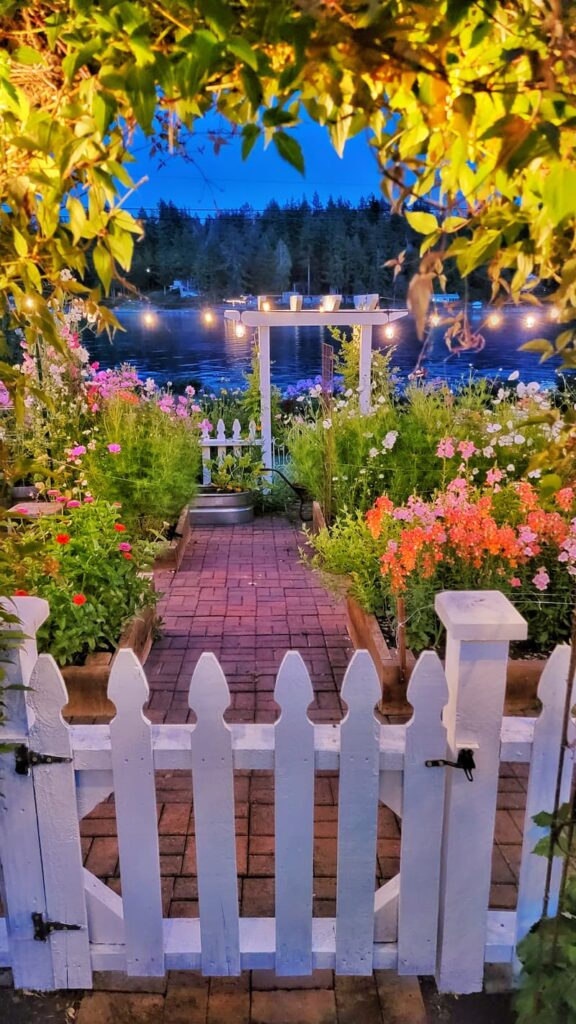
I hope these 9 common cut flower garden challenges gave you something to think about and you were able to take away at least one solution that you can try. I’d love to hear from you, make sure to leave a comment below.
Don’t forget to check out my gardening friend’s blog post links below for even more garden information and inspiration!
Until next time,
Happy Gardening,

Follow Me for More Inspiration
Shop my Amazon Storefront, my LTK sources, and my favorite home decor, garden, and lifestyle products. When you purchase from one of my links, I earn a small commission which helps me to continue sharing all the content you expect on my blog.
Be sure to follow me on Pinterest, Instagram, Facebook, TikTok and LIKEtoKNOW.it. Do you like gardening? Join my Facebook Gardening Tips & Tricks group.

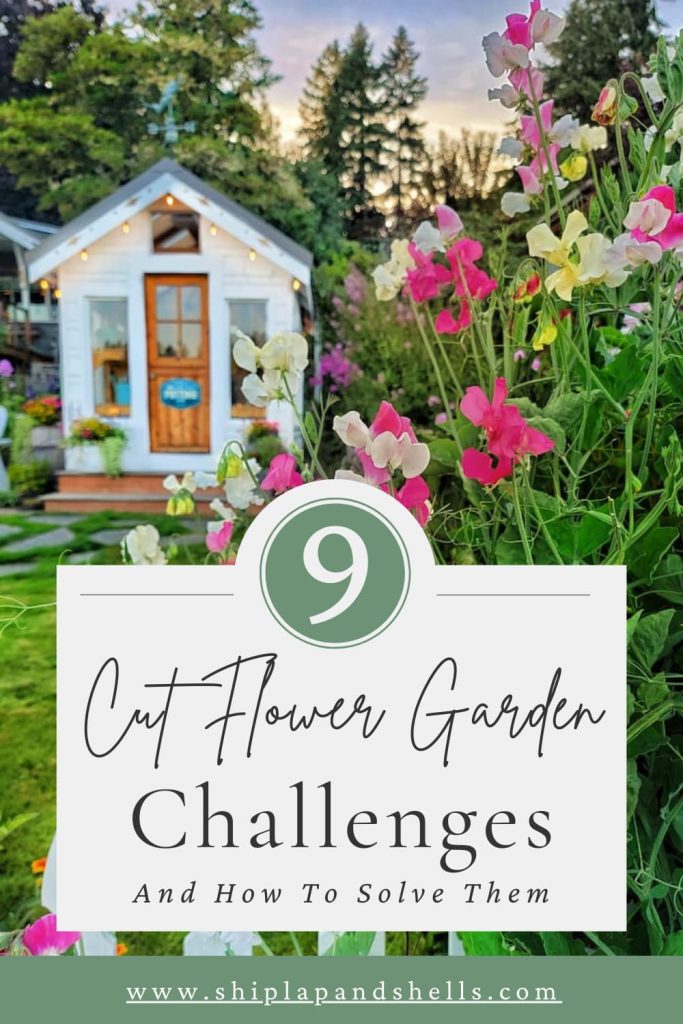
More Gardening Tips and Tricks
More Garden Inspiration
Make sure to visit my friends to see what they’re up to in their gardens. It’s always fun to see what’s happening in the other parts of the country.
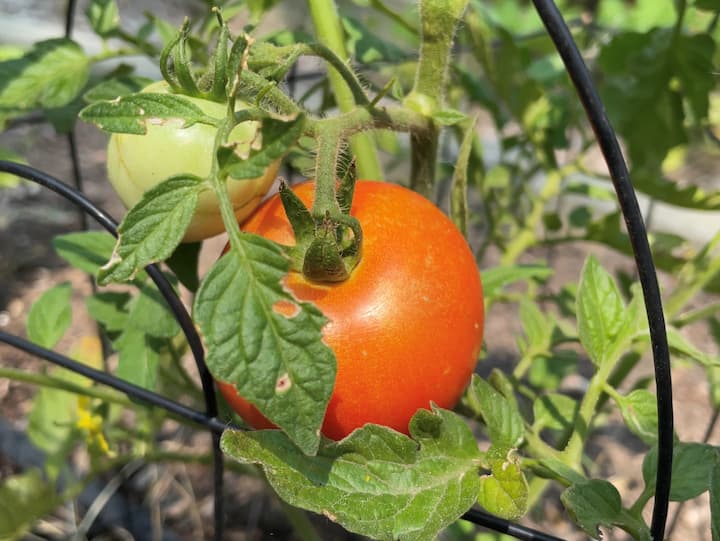
CHAS’ CRAZY CREATIONS | WHEN TO GARDEN YOUR GARDEN VEGETABLES
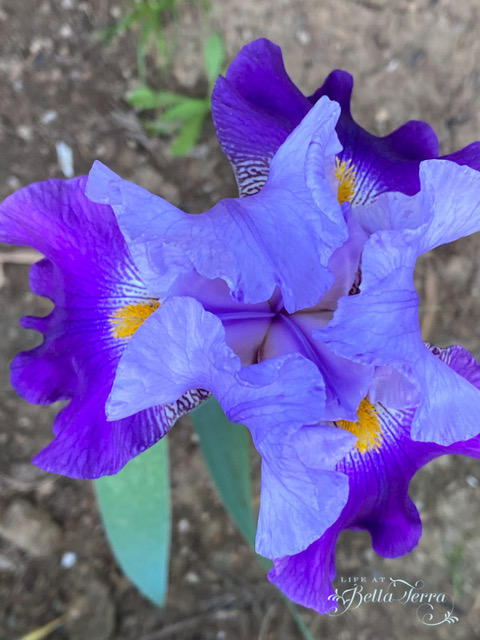
LIFE AT BELLA TERRA | DIVIDING IRISES
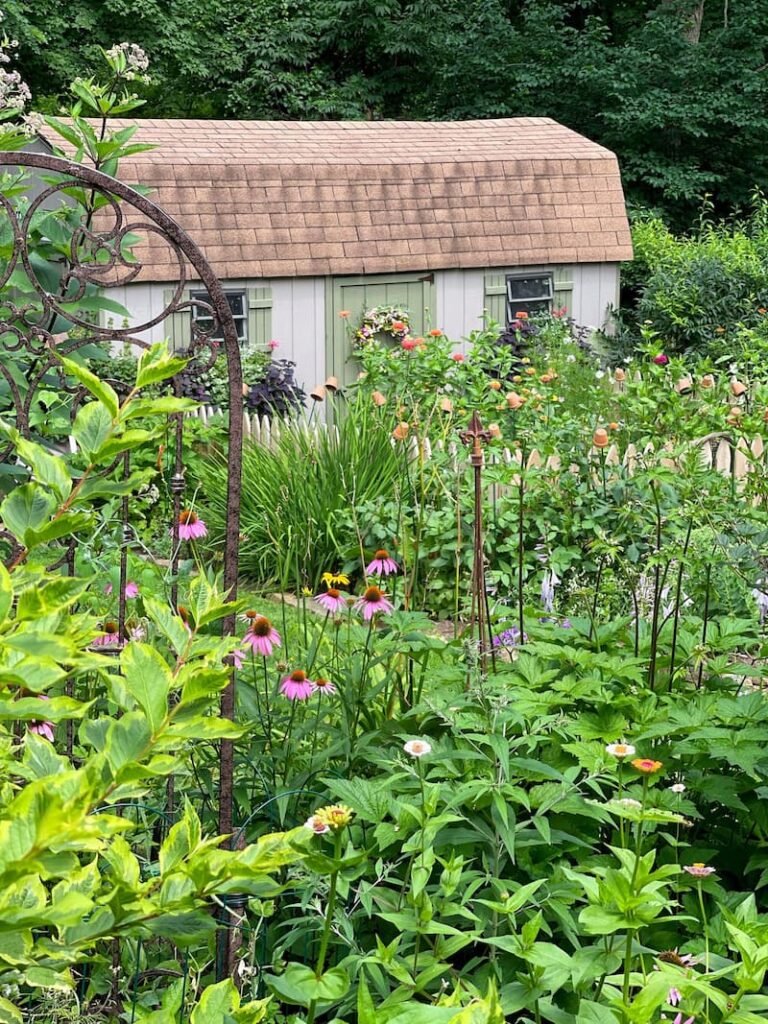


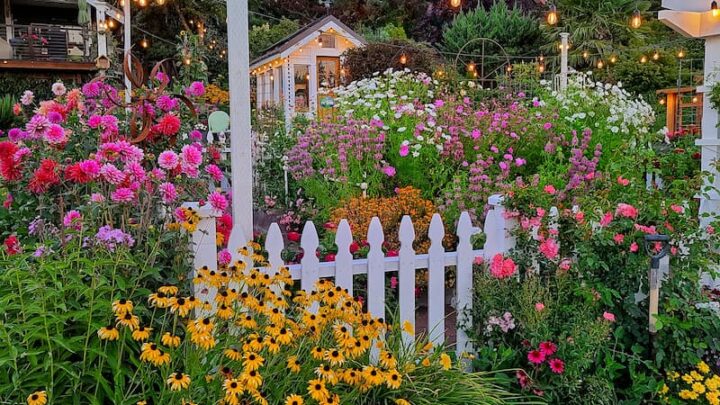
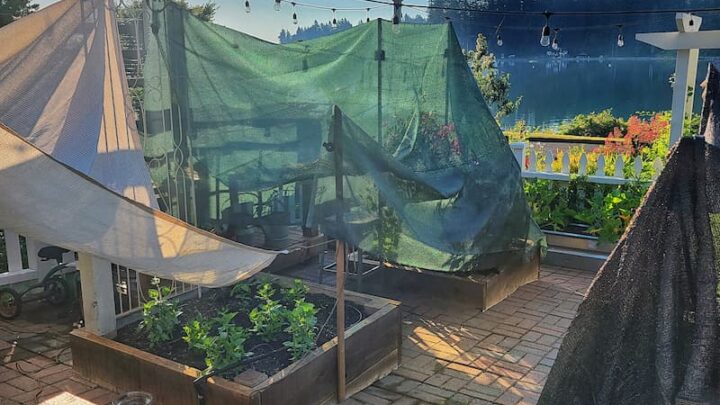
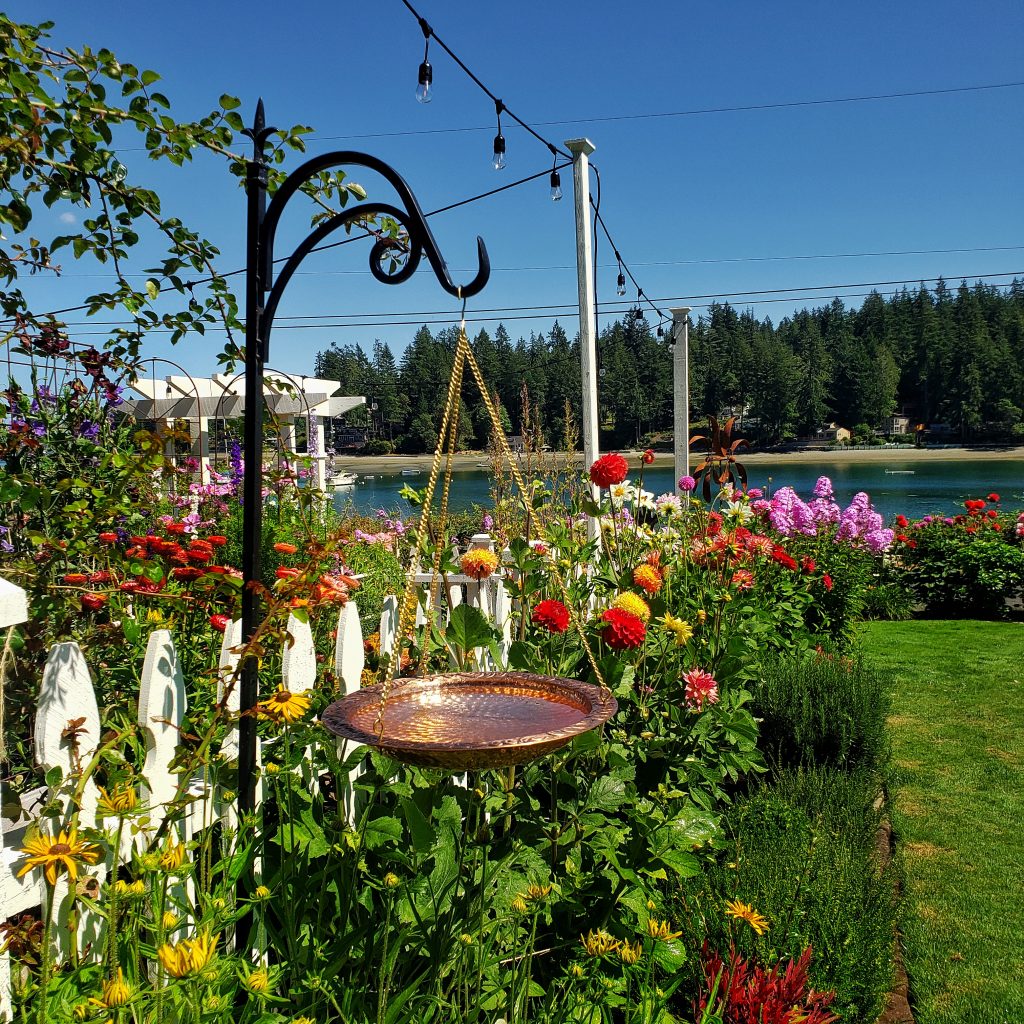
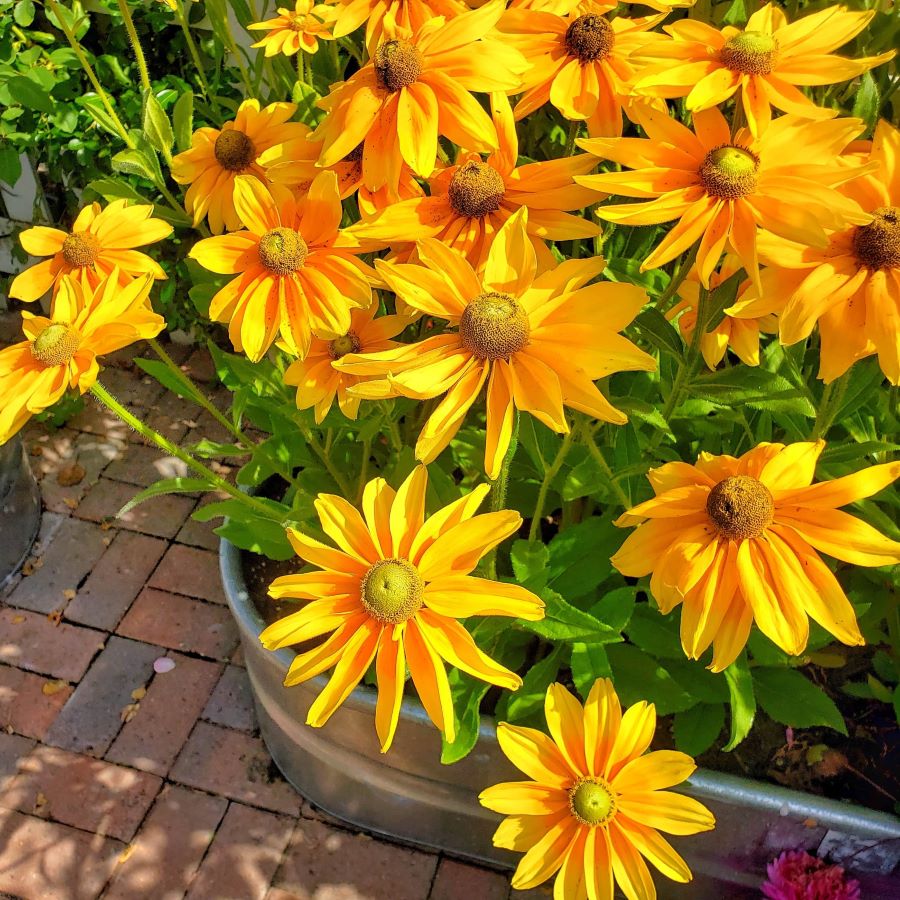
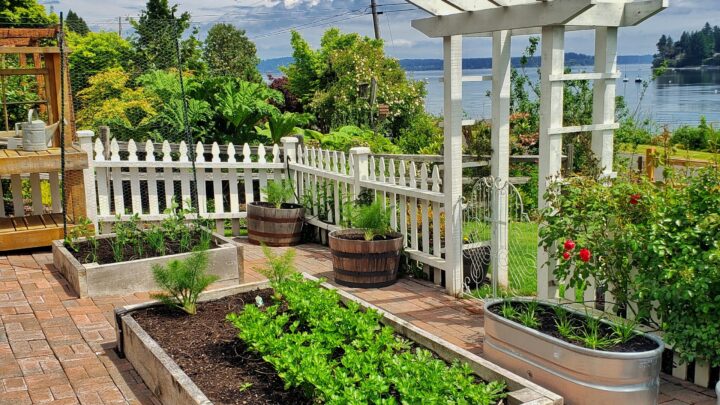
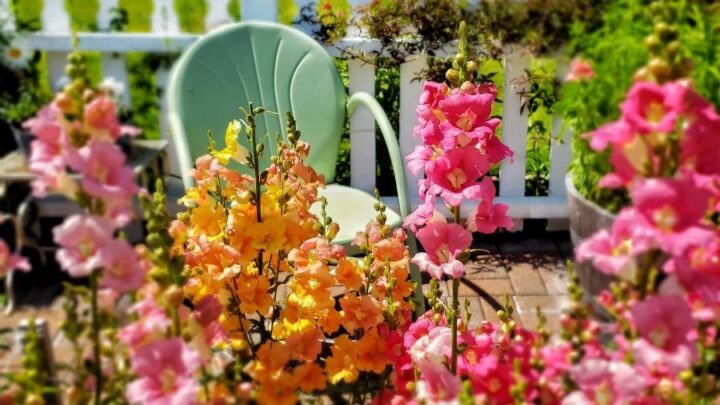


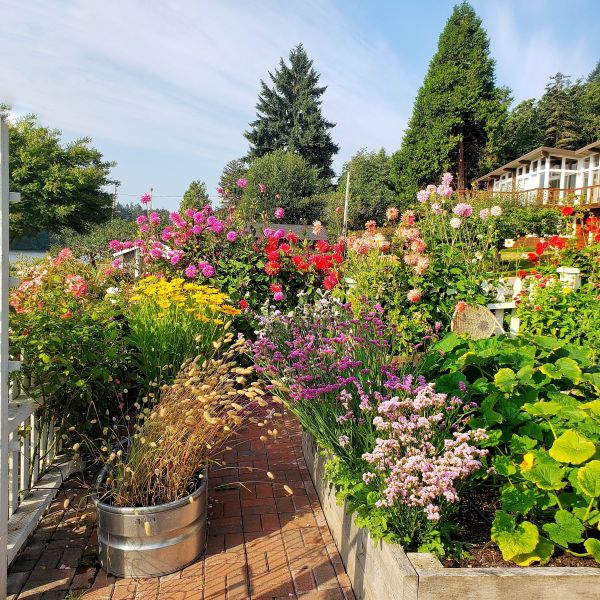
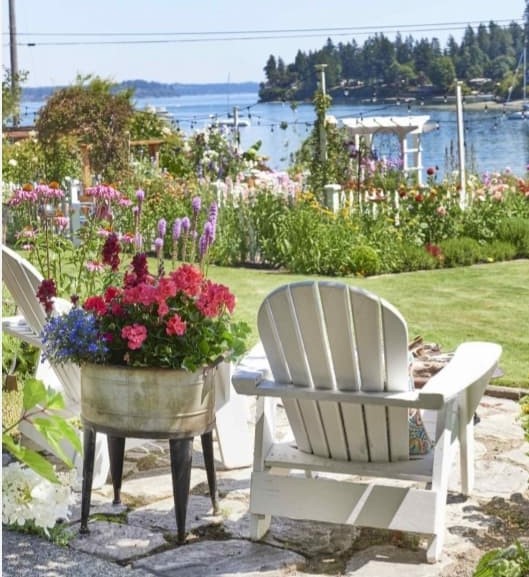
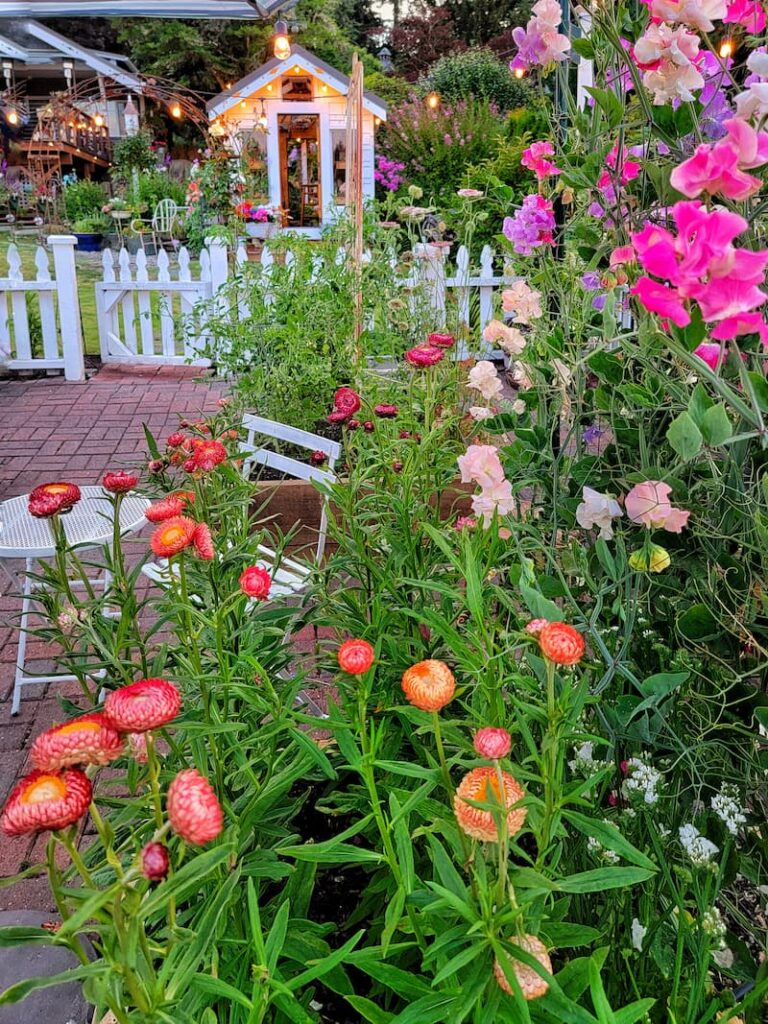
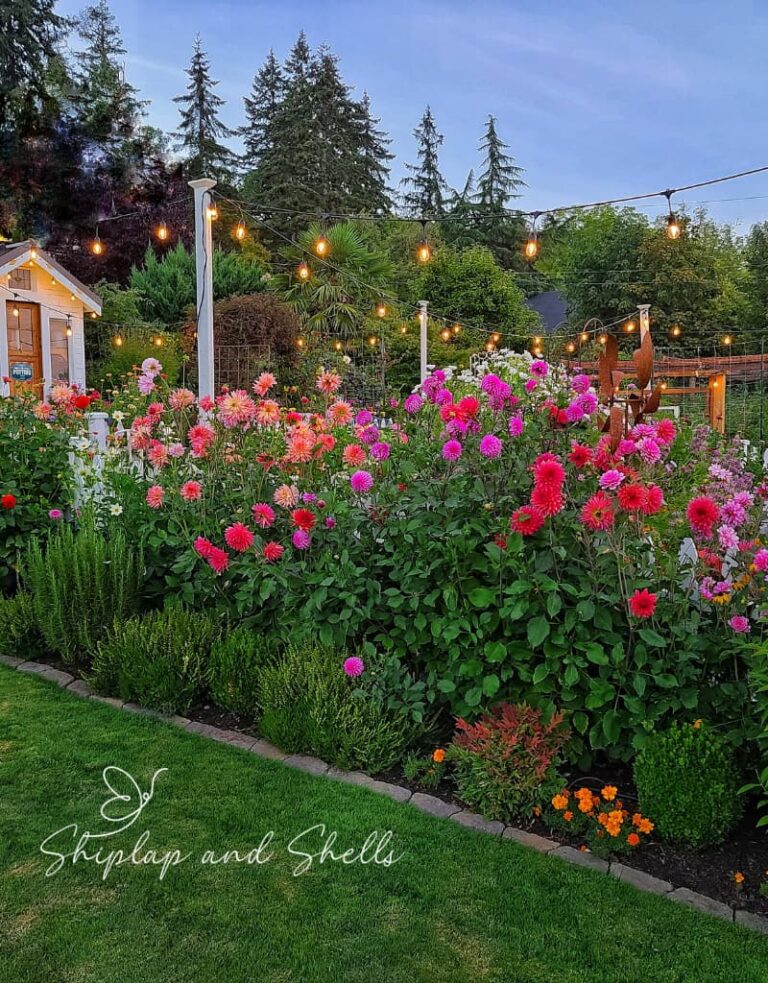

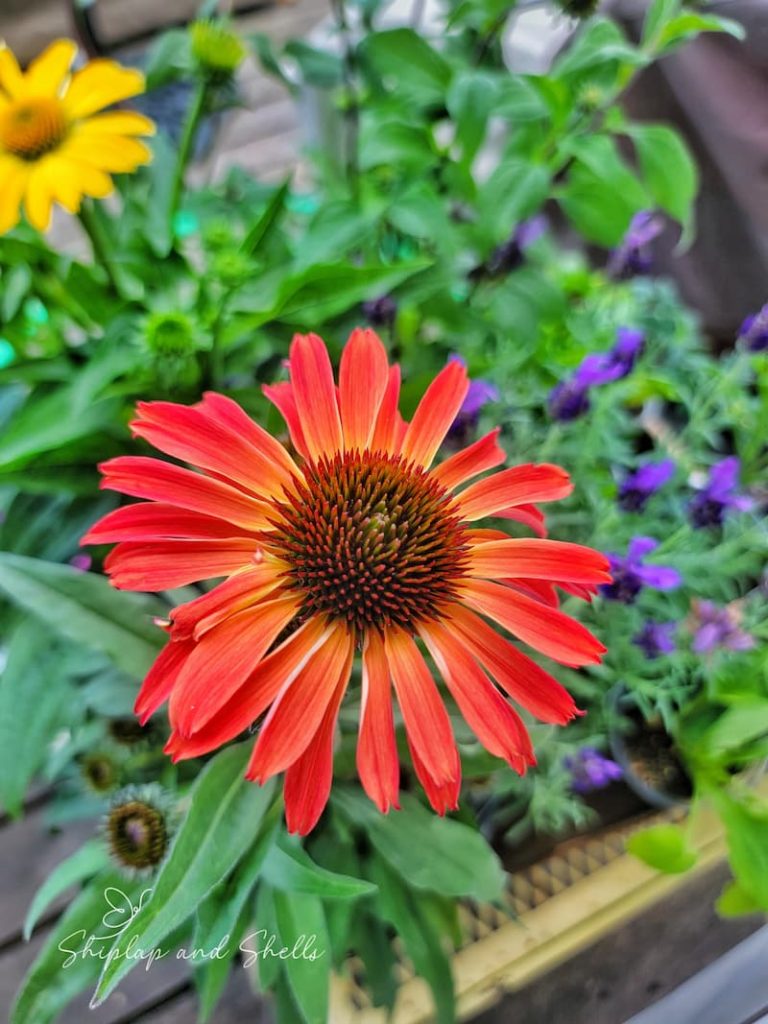
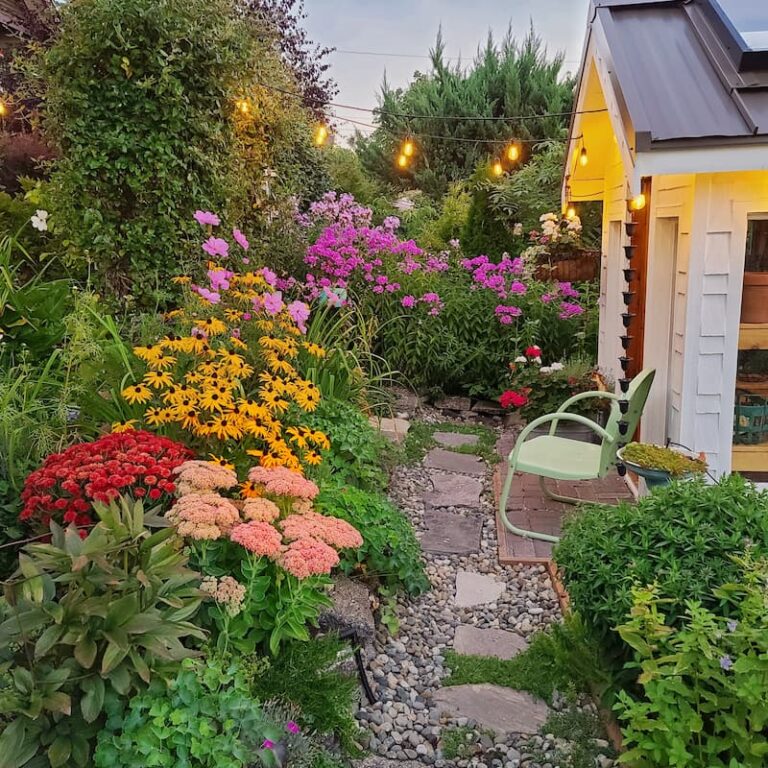
Beautiful! Just love the photos, the tips.What zone are you in , and I’ve never seen bi- color cosmos! Where did you find those seeds? Thanks!
Your tips always make gardening seem so doable, Kim! We’ve added this to our Saturday weekly roundup! Have a great weekend! Simply yours, Anne & AnnMarie
Thank you so much, Anne! Just sorry I missed your blog post while on vacation, but I’ll go check it out now. I appreciate you sharing my post.
I know I say this every time but I can’t believe how beautiful your garden is. I don’t have the problem of extreme heat or under watering, the exact opposite in fact. I could probably count on one hand the amount of times I watered my garden last summer and then in the autumn it got really dry and I had to start watering. It’s been so unseasonably cold during the summer here and our winters have been so mild that the plants are confused – my roses are flowering and it’s mid-winter where I live. Thank you for sharing this. There’s some really useful information here that I can use to make my garden better.
It’s so tough on the garden when the weather does not cooperate. I definitely noticed a change in the plants this year due to extreme heat and then colder than normal temperatures. Thank you for visiting the blog, my friend.
Kim, I am so envious of your beautiful flower garden. I seem to have vegetable gardening down, but really need to learn more about flower gardening. Such great tips and your photos are so gorgeous. I will be trying new flower seeds this fall and I will keep my fingers crossed. Thanks for all the great tips and happy hopping with you.
I am the exact opposite, Mary. I have the flowers down but struggle with growing vegetables. We will have to help each other!
Great tips! The garden looks so pretty! Loved seeing how its doing this year!
Thank you, Stacy! Can’t believe the summer has gone by so fast.
What excellent information dear Kim! So much info that is pertinent to any location oh, and your photos are so incredibly drool-worthy! I just love your beautiful garden, and I appreciate all these excellent helpful tips!
You are so sweet, Dee! Thank you for following along.
Thank you, Dee. I appreciate your sweet words.
Your cut flower garden is amazing, and I really appreciate you sharing the challenges and solutions. Such great tips and I learned so much. Thanks for sharing.
Thank you so much, Chas!
Thank you, Chas! I love it when someone learns just a little something from a garden blog post.